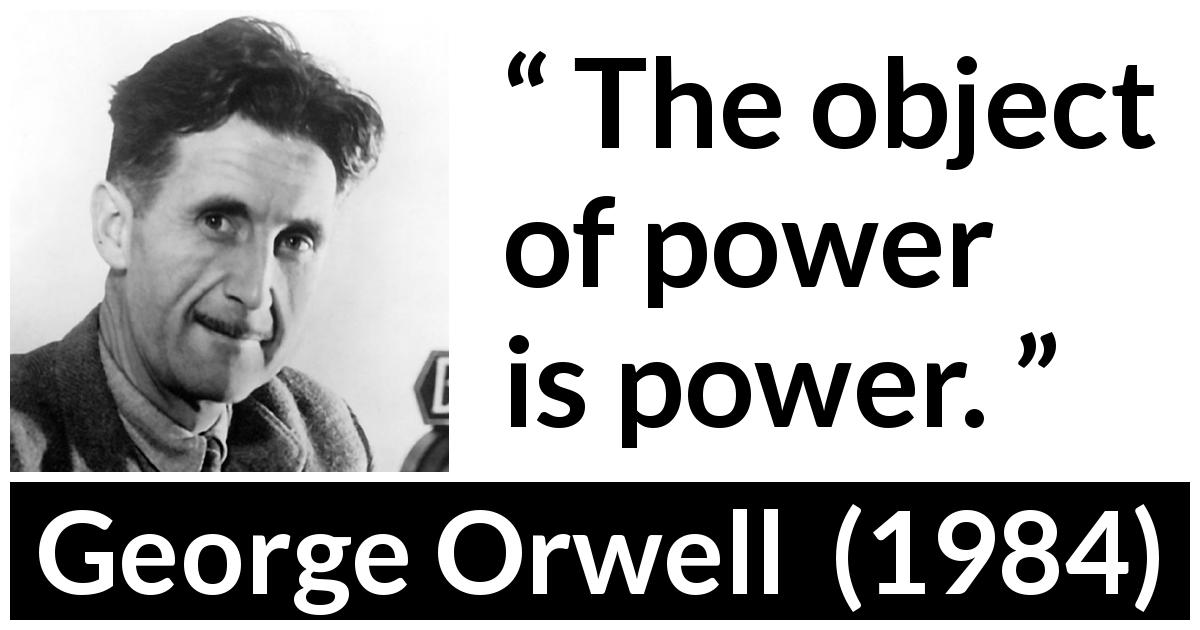Source: MisesWire, Sep 2021
From Mises’s point of view, human history can be understood as a battle of good ideas against bad ideas.
Ideas are good if the actions they recommend bring results that are beneficial for everyone and lead the actors to their desired goals;
At the same time, good ideas are ethically justifiable, they apply to everyone, anytime and anywhere, and ensure that people who act upon them can survive.
… bad ideas lead to actions that do not benefit everyone, that do not cause all actors to achieve their goals and/or are unethical.
Good ideas are, for example, people accepting “mine and yours”; or entering into exchange relationships with one another voluntarily. Bad ideas are coercion, deception, embezzlement, theft.
Evil ideas are very bad ideas, ideas through which whoever puts them into practice is consciously harming others. Evil ideas are, for example, physical attacks, murder, tyranny.
2.
With Lord of the Rings, J. J. R. Tolkien (1892–1973) wrote a literary monument about the epic battle between good and evil. His fantasy novel, published in 1954, was a worldwide success, not least because of the movie trilogy, released from 2001 to 2003.

In Tolkien’s Lord of the Rings, nine men, all of them kings, wished to wield power, and so they became bearers of the rings, and because of that, they were inescapably bound to Sauron’s One Ring of power.
This is quite similar to the idea of the state. To seize, maintain, and expand power, the state seduces its followers to do what is necessary, to resort to all sorts of techniques: propaganda, carrot and stick, fear, and even terror.

The state lets the people know that it is good, indispensable, inevitable. Without it, the state whispers, a civilized coexistence of people would not be possible.
Most people succumb to this kind of propaganda, and the state gets carte blanche to effectively infiltrate all economic and societal matters—kindergarten, school, university, transport, media, health, pensions, law, security, money and credit, the environment—and thereby gains power.
The state rewards its followers with jobs, rewarding business contracts, and transfer payments. Those who resist will end up in prison or lose their livelihood or even their lives.
The state spreads fear and terror to make people compliant—as people who are afraid are easy to control, especially if they have been led to believe that the state will protect them against any evil.
ideas that determine people’s actions.
The task of winning over the general public for the state traditionally falls to the so-called intellectuals—the people whose opinions are widely heard, such as teachers, doctors, university professors, researchers, actors, comedians, musicians, writers, journalists, and others.
The state provides a critical number of them with income, influence, prestige, and status in a variety of ways—which most of them would not have been able to achieve without the state. In gratitude for this, the intellectuals spread the message that the state is good, indispensable, inevitable.
Among the intellectuals, there tend to be quite a few who willingly submit to the rings of power, helping—consciously or unconsciously—to bring their fellow men and women under the spell of the rings or simply to walk over, subjugate, dominate them.
Anyone who thinks that the state (as we know it today) is acceptable, a justifiable solution, as long as it does not exceed certain power limits, is seriously mistaken.
Just as the One Ring of power tries to find its way back to its lord and master, an initially limited state inevitably strives towards its logical endpoint: absolute power.
The state (as we know it today) is pushing for expansion both internally and externally. This is a well-known fact derived from the logic of human action.
George Orwell put it succinctly: “The object of power is power.” Or, as Hans-Hermann Hoppe nails it, “[E]very minimal government has the inherent tendency to become a maximal government.”

Inwardly, the state is expanding through all sorts of interventions in economic and social life, through regulations, ordinances, laws, and taxes.
Outwardly, the economically and militarily strongest state will seek to expand its sphere of influence. In the most primitive form, this happens through aggressive campaigns of conquest and war, in a more sophisticated form, by pursuing political ideological supremacy.
The issue of digital central bank money, something the world’s major central banks are working on, could be a catalyst in the creation of a single world currency.

The issue of digital central bank money not only heralds the end of cash—the anonymous payment option for citizens and entrepreneurs.
Once people start using digital central bank money, it will be easy for the central bank and the state to spy on people’s transactions.
The state will not only know who pays what, when, where, and what for. It will also be in a position to determine who gets access to the deposits: who gets them and who doesn’t.
China is blazing the trail with its “social credit system”: behavior conforming to the Communist regime is rewarded, behavior that does not is punished.

Against this backdrop, digital central bank money would be particularly effective at stifling unwanted political opposition.
Digital central bank money will not only replace cash, but it will also increasingly compete with money from commercial banks.
Why should you keep your money with banks that are exposed to the risk of default when you can keep it safe with the central bank that never goes bankrupt?
Once commercial bank deposits can be exchanged one to one for digital central bank money—and this is to be expected—the credit and monetary system is de facto fully nationalized.
Because under these conditions, the central bank transfers its unlimited solvency to the commercial banking sector.
This completely deprives the financial markets of their function of determining the cost of capital—and the state-planned economy becomes a reality.
It is therefore the incentive resulting from a single world currency that paves the way toward a world government and a world state.
In this context, please note what happened in the euro area: the starting point was not the creation of the EU superstate, which was to be followed by the introduction of the euro. It was exactly the opposite: the euro was introduced to overcome national sovereignty and ultimately establish the United Nations of Europe.

In Tolkien’s Lord of the Rings, evil is eventually defeated. The story has a happy ending. Will it be that easy in our world?
Those who believe in Jesus Christ can trust that God will not fail them. If we cannot think of a solution to the problems at hand, the believers can trust God. Because “[e]ven in the darkest night, there is a bright light shining somewhere.”
Or: please remember the Enlightenment movement in the eighteenth century. At that time, the Prussian philosopher Immanuel Kant explained the “unheard of” to the people, namely that there is such a thing as “autonomy of reason.”
It means that you and I have the indisputable right to lead our lives independently; that we should handle it according to self-imposed rules, rules that we determine ourselves based on good reason.
People back then understood Kant’s message. Why should such an intellectual revolution—triggered by the writings and words of a free thinker—not be able to repeat itself in the future?
Or: the fact that people have not yet learned from bad experience does not mean that they won’t eventually learn from it.
When it comes to thinking about changes for the better, it is important to note that it is not the mass of people that matters, but the individual.
Applied to the conditions in today’s world, among those thinkers who can defeat evil and help the good make a breakthrough are Ludwig von Mises, Murray Rothbard, and Hans-Hermann Hoppe—and all those following their teachings and fearlessly disseminating them—as scholars or as fans.
They are—in terms of Tolkien’s Lord of the Rings—the companions. They give us the intellectual firepower and the courage to fight and defeat evil.
I don’t know if Ludwig von Mises knew Tolkien’s Lord of the Rings. But he was certainly well aware of the struggle between good and evil that continues throughout human history.
In fact, the knowledge of this struggle shaped Mises’s maxim of life, which he took from the verse of the Roman poet Virgil (70 to 19 BC):
“Tu ne cede malis, sed contra audentior ito,” which means “Do not give in to evil but proceed ever more boldly against it.”
I want to close my interpretation with a quote from Samwise Gamgee, the loyal friend and companion of Frodo Baggins.
In a really hopeless situation, Sam says to Frodo: “There is something good in this world, Mr. Frodo. And it’s worth fighting for.”
So if we want to fight for the good in this world, we know what we have to do: we have to fight for property and freedom and against the darkness that the state (as we know it today) wishes to bring upon us, especially with its fiat money.
In fact, we must fight steadfastly for a society of property and freedom!


:format(webp)/cdn.vox-cdn.com/uploads/chorus_image/image/70509265/acastro_bitcoin_2.0.jpg)
:format(webp)/cdn.vox-cdn.com/uploads/chorus_image/image/68904499/Screen_Shot_2021_03_02_at_3.21.50_PM.0.png)














